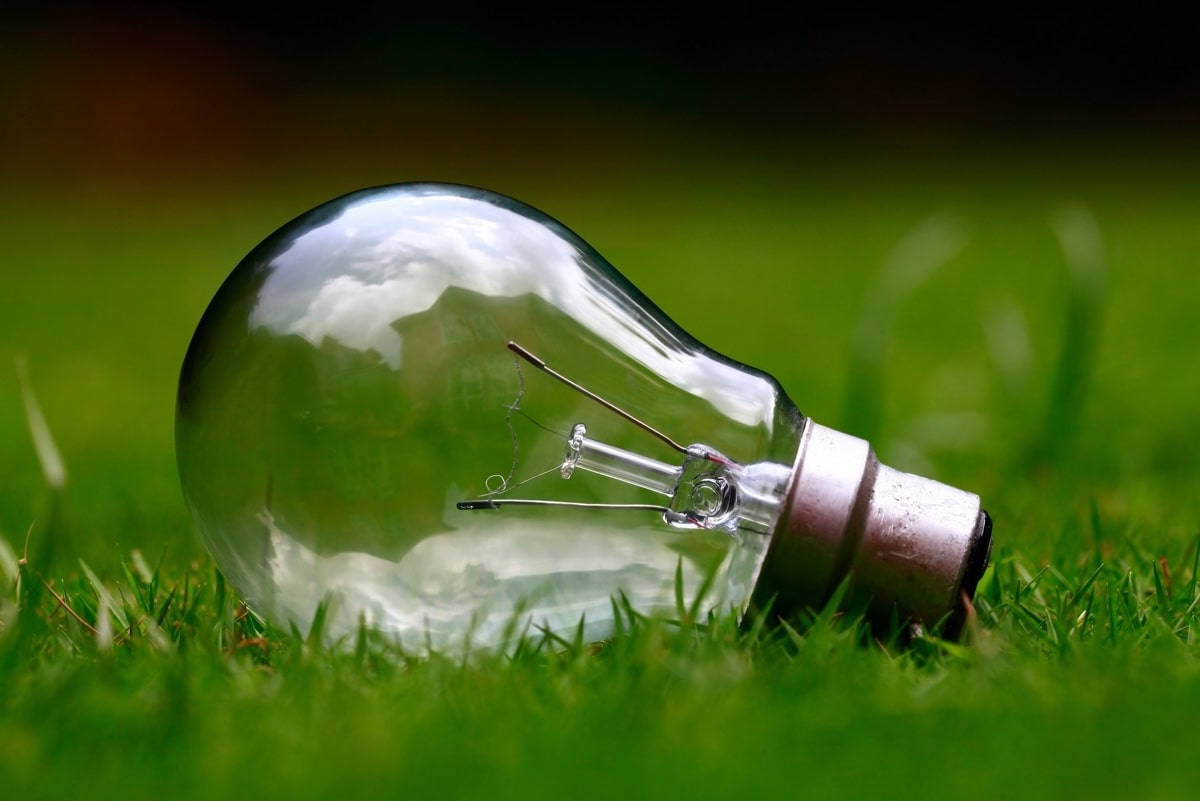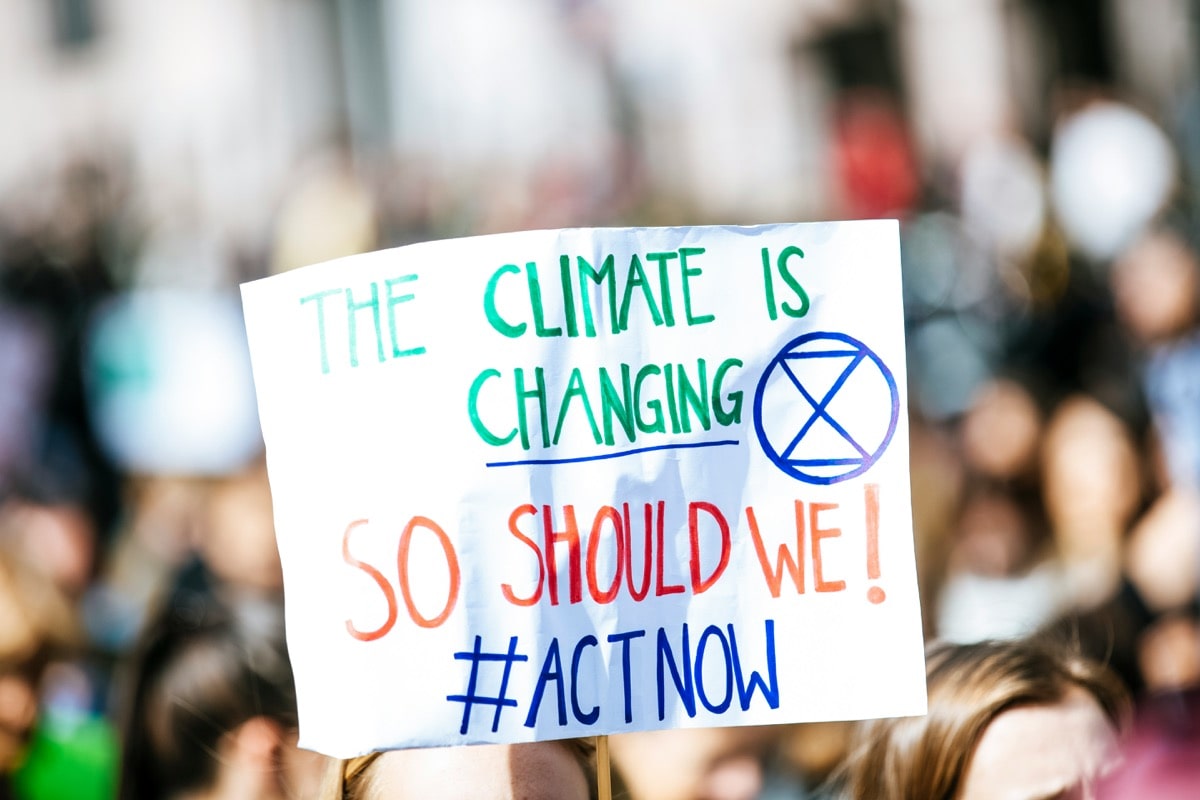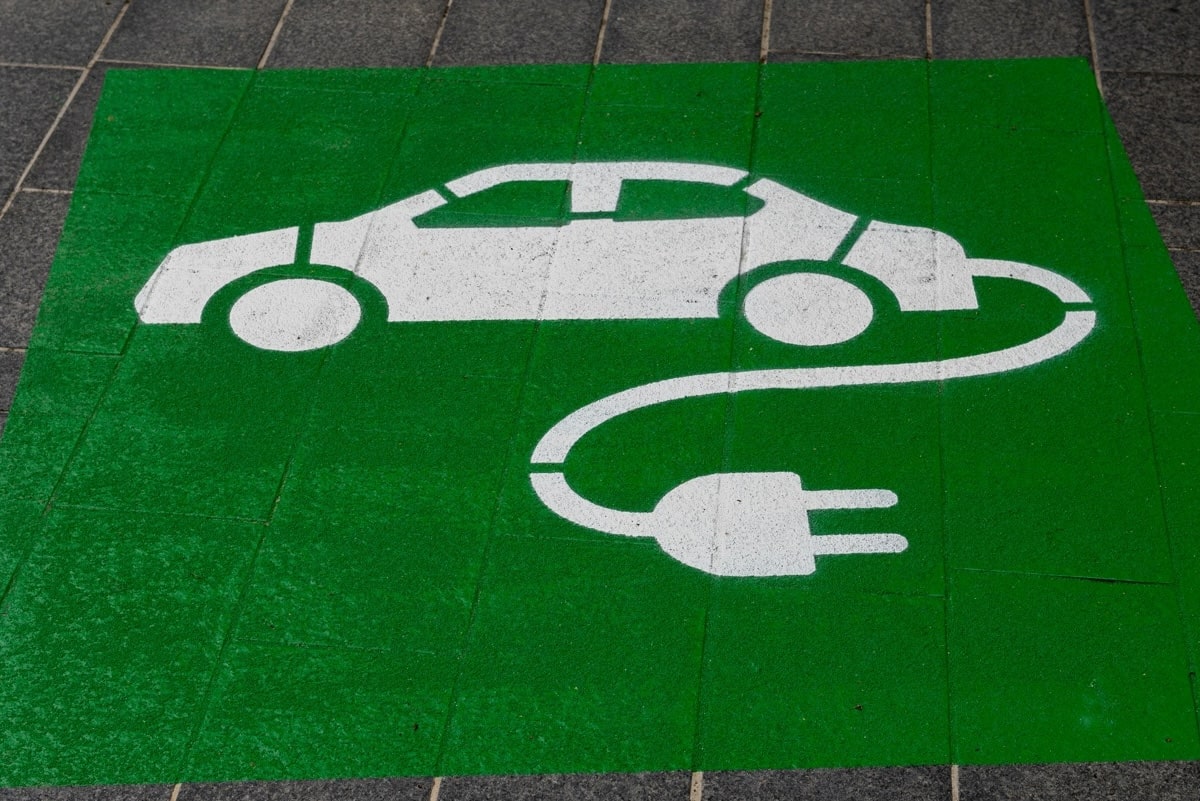India is currently undergoing a green energy transformation to mitigate some of the worst pollution levels in the world. The country’s path towards a more sustainable future presents numerous investment opportunities in the development of clean energy infrastructure, power transmission and distribution projects, and improving the country’s energy security.

Air Pollution in India
India has some of the most alarming pollution issues in the world. Out of the 100 cities with the world’s worst air pollution, 83 are in India. All of these locations exceed the World Health Organization’s air quality guidelines by more than 10 times, with Begusarai, a city in northern India’s Bihar state, being the world’s most polluted city with an average annual PM2.5 concentration of 118.9 — 23 times the WHO guidelines.
India has consistently remained among the top 10 countries with the worst air quality index. As of 2023, it ranked as the third most polluted countries, behind only Bangladesh and Pakistan. All of India’s 1.3 billion people live in areas where the annual average particulate pollution level exceeds the WHO guideline, while the vast majority of the country’s population (67.4%) live in locations where the air quality exceeds the country’s own national standard of 40 µg/m3.
This poor environmental state negatively affects local citizens’ health. Speaking of life expectancy, particulate pollution is the greatest threat to human health in India, taking 5.3 years off the life of the average Indian citizen. In the National Capital Territory of Delhi, the most polluted city in the world, air pollution shortens human lives by an alarming 11.9 years.
As with many aspects of positive change, preemptive efforts to minimise climate-related health risks require significant investments and proactive clean energy policies.
India’s Green Commitments
In 2019, India declared a “war against pollution” with the launch of its National Clean Air Programme (NCAP). This initiative aims to address air pollution emission issues associated with many industrial sectors, e.g. power, transport, industry, construction, and agriculture etc.
NCAP had an initial target of reducing 20 to 30% particulate pollution by 2024, which was further increased to 40% by 2026. In 2022, the Indian Government introduced its revamped particulate pollution reduction target for NCAP, increasing its ambition at the city level instead of setting a national goal.
However, most major cities in the country are still way behind the 2024 benchmark, according to recent data. While the PM10 level in 22 cities has deteriorated over the last five years, only 8 cities on the list have met the initial target of reducing pollution levels by 20 to 30%.
“The NCAP has made noteworthy progress in tackling air pollution, witnessing notable reductions in PM2.5 and PM10 levels in top polluted cities, but persistent challenges exist, with some urban areas facing an uptick in pollution concentrations,” pointed out Aarti Khosla, director for Climate Trends.
Being one of the world’s largest emitters of carbon dioxide (CO2), India is also committed to securing 500 GW of renewable energy capacity by 2030, accounting for over 40% of its growing electricity generation.

Main Areas for Investment
In the urban areas, most of the pollution comes from industry and vehicles. Thus, a lot of effort is dedicated to the development of green infrastructure like renewable energy grids and charging infrastructure for the EV market.
Solar Power and Grid Storage
Today, India is heavily dependent on coal-based thermal generation, but the energy gap that arises from the fast growing demand is mainly covered by renewables. The country is one of the largest renewable energy producers globally. To deal with its enormous electricity consumption, India had 40% of its energy capacity installed in 2022 (160 GW of 400 GW) coming from renewable sources.
Most of the renewable energy produced in the country comes from solar grids. So far, China has been India’s leading supplier of solar modules. However, the country now plans to boost its domestic supply chain for solar power through manufacturing subsidies and import taxes. Therefore, investors can contribute to the cause at favourable terms.
Besides solar grids, wind power capacity in India is expected to grow by 60% to 71 GW by 2030. To take full advantage of the growing renewable capacity and boost reliability of the energy systems, more grid storage is needed. An enhanced energy storage capacity can address system integration challenges arising from the variable nature of renewable energy and supply-demand mismatch.
According to the Institute for Energy Economics and Financial Analysis (IEEFA), energy storage technologies, with the ability to provide grid management services, will play a critical role in India’s energy transition. Therefore, the government is encouraging the growth of this sector through policy and regulatory measures, financial incentives and performance-based incentives. Local authorities are ready to fund up to 40% of the capital cost of battery energy storage systems projects with a Rs37.6 billion government grant. However, the rest of the financing should come from the private sector.
National Transmission and Distribution Projects
Grid connection backlogs are creating major bottlenecks to decarbonisation efforts globally and renewable energy projects in India, in particular. The country has added 180,000 kilometres of new transmission lines over the past decade to expand electricity grids. Furthermore, over the next decade, India will need to more than double its current installed power capacity.
Thus, the government plans to spend another $30 billion on rapid deployment of new grid infrastructure by 2030. As usual, that is hardly enough to cover all the associated costs. Hence, investors should pay attention to the companies that provide technology and equipment for national transmission and distribution projects.
Some of the largest and most notable transmission projects in India to be commissioned in 2024 are:
- the Wardha – Aurangabad (1,200kV) Line;
- Amroha – Gajraula Line (765kV);
- Bilhaur – Sandila Line (765kV);
- Dopaha – Varanasi Line (765kV).
Another 765kV transmission project – the Dhuvaran – Chharodi Line – is to be commissioned in 2025.
The governmental investment portal provides a more detailed overview of the investment prospects in India’s transmission & distribution landscape, with 500 different opportunities to finance the construction and development of distribution infrastructure and transmission lines for both National Infrastructure Pipeline and non-NIP projects.

Electric Transportation
India’s transport infrastructure differs from many developed countries with a prevalence of two-wheelers. The market for bikes and motorcycles in India is growing enormously. While bicycles are a sustainable transportation type per se, extensive use of motorcycles caused the national government’s Ministry of Road Transport and Highways to include two-wheelers in its 2030 EV target goals.
The Ministry plans that 30% of newly registered private cars, 40% of buses, 70% of commercial cars, and 80% of 2-wheelers and 3-wheelers (rickshaws) will be electric by 2030. Besides, India’s government plans to replace 800,000 diesel buses with electric ones over the next seven years which constitute another phase of its electrification subsidy. That equals to 550,000 new private e-buses, 200,000 e-buses for public transport, and 50,000 for schools.
Investments from the private sector are crucial in facilitating the transition towards eco-friendly transportation means. Investors can finance sustainable EV charging infrastructure which is key to powering the commercial 3-wheeler and two-wheeler sectors in India. India’s EV charging infrastructure also lacks battery swapping stations which demand substantial upfront investment.
Speaking of indirect EV promotion, investing in the expansion of the existing power grid is also required. Although the current energy facilities can currently manage the minimal demand for EV charging, once the demand grows, there’s a looming threat of power outages.
Summary
India’s path to sustainability is challenging. The country has to manage the pressing issues of the rapidly growing electricity demand and abnormally high air pollution that shortens its citizens’ lives by five to ten years. The set renewable energy goals and reducing pollution targets have not been met in time so far. However, at present, the government of India is introducing numerous initiatives and policy amendments to boost the sustainability transition. Investors can leverage the existing opportunities and promote electric transportation, energy transmission and distribution projects, renewable and grid storage projects at favourable terms.









